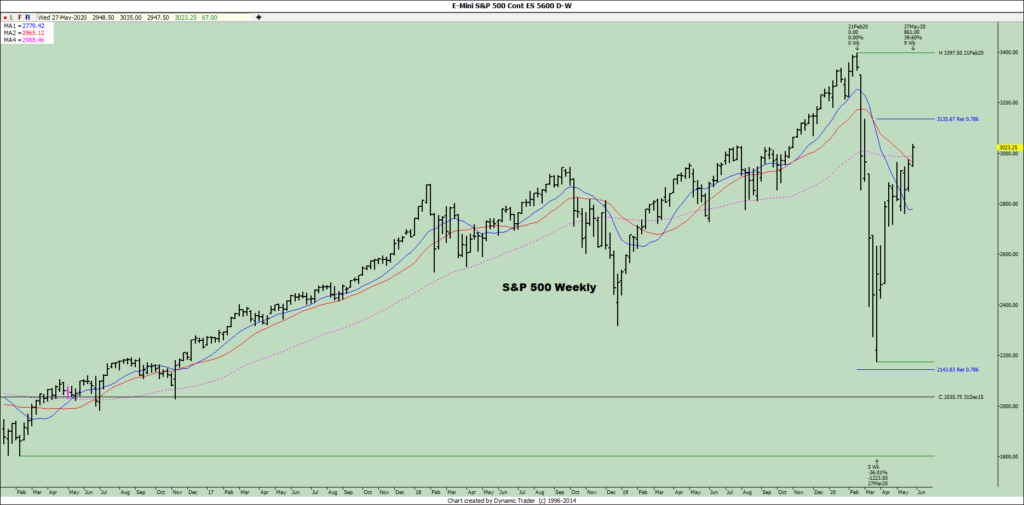I do not believe I am ever going to tease my dog with a treat again. Many of you have undoubtedly done the same thing. You hold a treat job out of reach, maybe even move it close to their mouth, only to quickly pull it away, heightening their anticipation of receiving the tasty morsel. In doing so, you create a particular anxiousness and excitement and a sense in the animal that it may or may not ever make it into their mouth. In the meantime, we are provided with a little entertainment value. I believe this is what the corn and bean markets are doing us at this point. Time and again, the potential treat of a breakout higher moves so close to our mouths that we can taste it, but then some invisible hand snatches it away, and we are left waiting and wanting. Of course, when I do this with my dog, I will eventually give him the treat, even though he may not realize that while he is being tempted, but there is no assurance that the grain and soy markets will ultimately be that generous. That said, there are those times when I get just a bit overconfident, lose focus for a moment and move the morsel too close, at which point he quickly snatches it from my hand. Maybe we are reaching the point that the bears have grown so overconfident while holding onto all the treats that they could also lose focus just long enough for the dogs, or bulls, in this case, to grab hold of that treat, and then quickly run away to feast on the reward.
Planting progress remains ahead of schedule but was not quite as advanced as the trade was anticipating. As of the 24th of this month, the USDA estimated that 88% of the corn was now in the ground. This is 6% ahead of the 5-year average and 35% ahead of last year. The two states furthest off the pace were Ohio, which was 47% complete and North Dakota, which stood at 54%. Of the two, North Dakotas was of the greater concern as they have crossed over the prevented plant date for crop insurance, and unlike last year, there is no financial incentive to keep planting or to switch to an alternative crop. On the March Prospective Planting report, the USDA projected corn acreage of 3.2 million acres, so theoretically, there is potential to lose nearly 1.5 million. This is not to say we should not be concerned about Ohio, but the window for planting is a bit wider, and over the past several years, they have been fortunate to have been provided with good growing seasons even with delayed planting. Regardless, there is no assurance that will be the case this year, and with around somewhere around 1.9 million yet to be planted, one has to imagine some of this will remain fallow as well. We will, of course, not be provided with the update until the end of June, but I have to believe corn acreage will be in the 94 to 95 million range at best this year.
To wrap up the rest of the planting report, corn emergence was at 64%, compared with an average of 58%, and the first crop condition of the year gave us a good/excellent rating of 70%. For beans, planting progress reached 65%, which is 10% ahead of average, with 35% of the crop emerged. Cotton planted reached 53% and sorghum 39%. Winter wheat conditions improved 2% and now stand at 54% good/excellent, and 81% of the spring wheat has been planted, which is 9% behind average.
The drought condition in Brazil has prompted the private consulting firm Agroconsult to cut their forecast for the safrinha corn crop. With yields running nearly 11% below last year, they have cut 3 MMT from their March estimate. Providing a reminder that global production is not suffering this year, the South African Crop Estimating Committee released update corn estimates and bumped the crop up to 15.59 MMT. This was only a slight increase from their last estimate but is over 4 MMT higher than last year.
Additional assistance may be on the way for Iowa hog producers who were forced to euthanize pigs because of issues at processing facilities. The state Department of Ag is requesting that $24 million of the federal relief funds be earmarked for the expense. This would take form as a $40 per head payment for market-ready hogs that had to be disposed.
For those keeping track, the S&P 500 has pushed into higher highs for this recovery and has now recouped 70% of the COVID panic washout. Overall, we still remain lower for the year, down 6.5%, but obviously there are more than a few investors who are willing to bet the economic recovery will be rapid and in the shape of a V.
